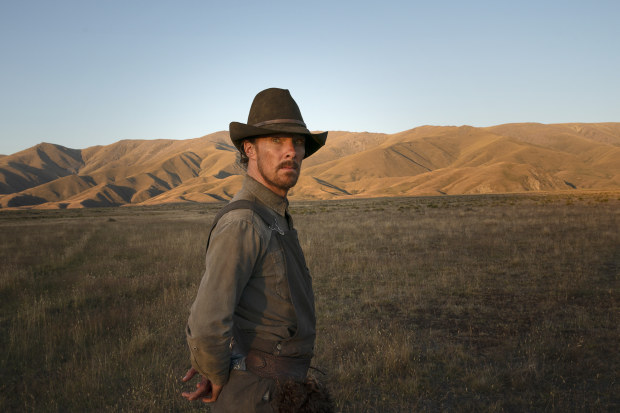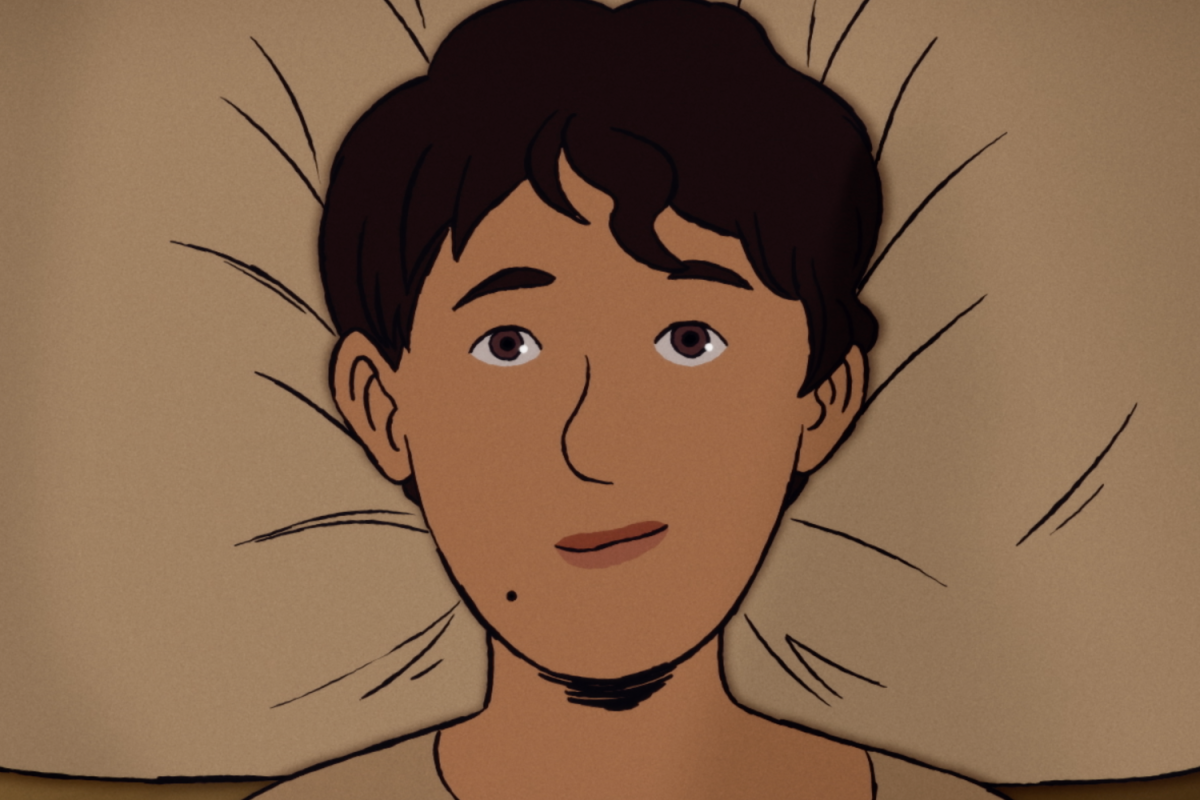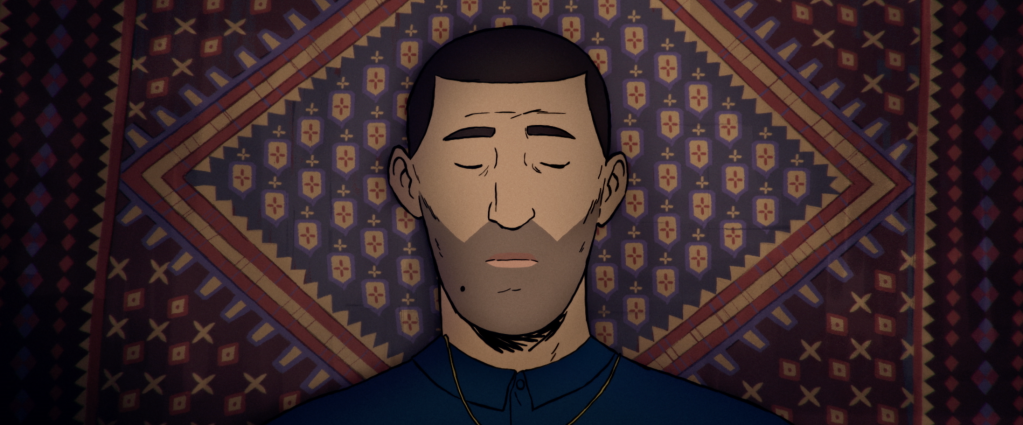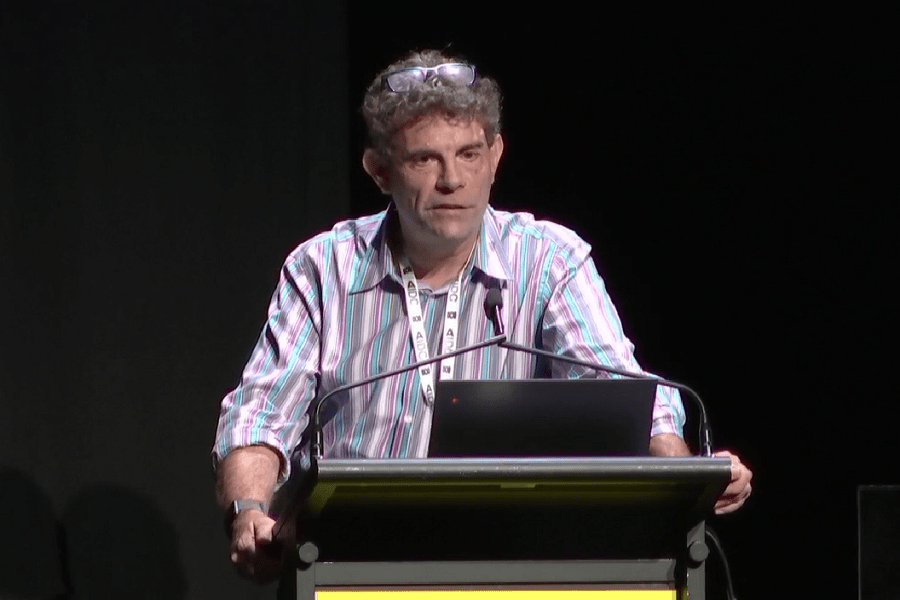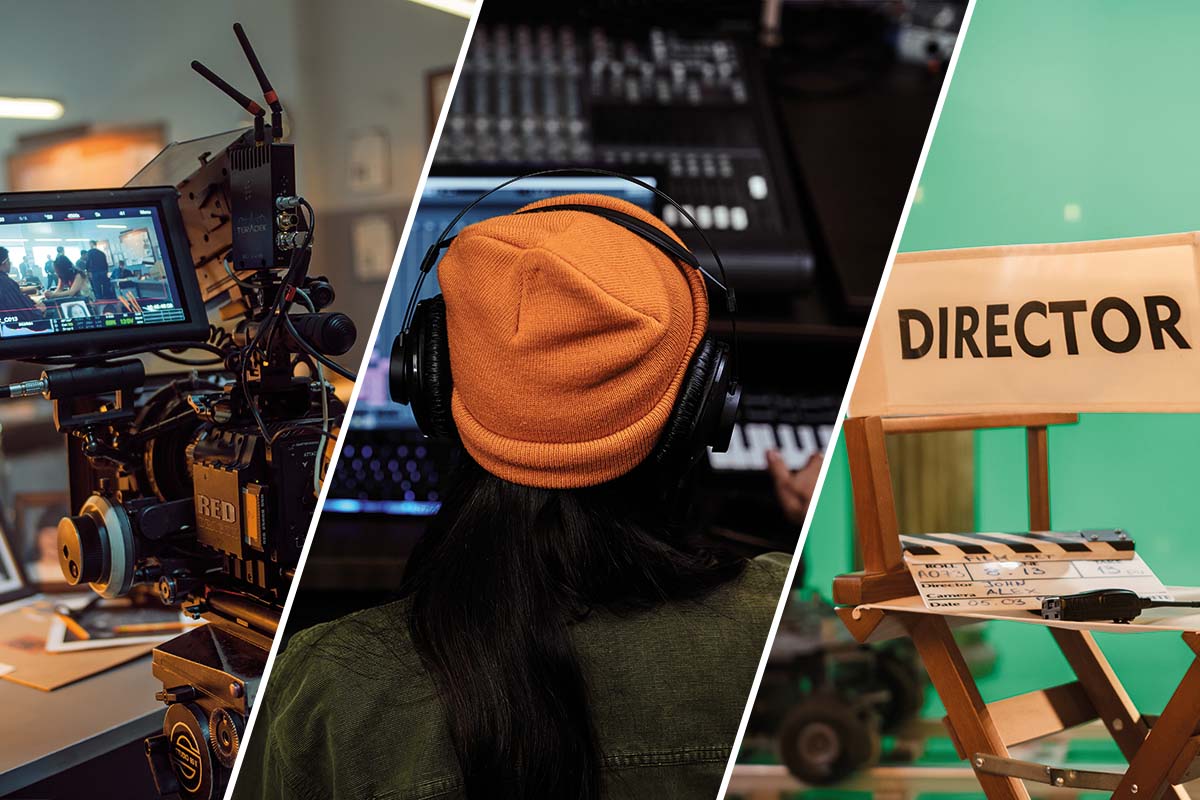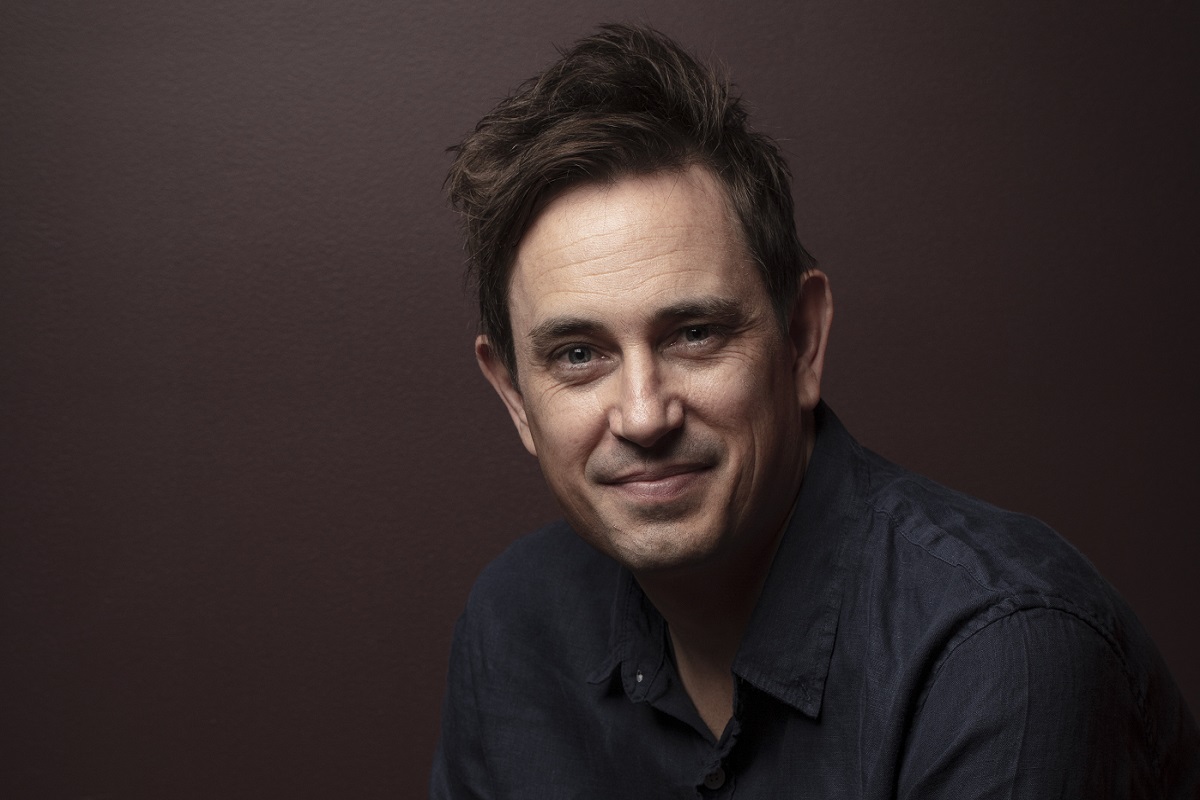by Sean Slatter IF magazine March 31, 2022

Dealmaking with streamers was once again on the agenda at Screen Forever on Wednesday, as a selection of prominent Australian producers recounted their experiences of negotiating with various platforms.
For the second consecutive year, Werner Film Productions’ Stuart Menzies, Matchbox Pictures’ Felicity Harrison, and Princess Pictures’ Emma Fitzsimons sat together on a panel exploring the many considerations for producers, with the trio this time joined by Goalpost Pictures’ Ben Grant.
While details from a variety of different deals were laid bare, none of the services were mentioned by name due to the live nature of the projects concerned.
At the beginning of the session, Screen Producers Australia moderator Owen Johnston recapped the conclusions made from the previous panel, most notably that the traditional TV model of financing and rights was breaking down with the rise of the streamers, who often finance projects entirely and want to take all rights – reducing the ‘long tail’ or opportunity for producers to exploit IP through secondary windows.
The industry was thus in a period of transition, with deals becoming “more complex” and questions arising about the long-term sustainability of some production companies.
Speaking on the panel, Harrison detailed how Matchbox had recently signed a co-production agreement with an international streamer, allowing both to co-own the IP. That involved a license fee, and being paid a flat rate premium, rather than a percentage of budget. She said it was important for producers to do their homework prior to entering negotiations in order to get an idea of what outcome would suit them best.
With regards to negotiating a flat rate, Harrison said producers needed to work out what the right price was to make sure they were making money.
“I think the interesting part of a co-production model, because there’s that split ownership, we retain some rights. We can take a distribution fee and then from the revenue that’s split from those rights, we share that then with the streaming partner. So there is that ability to maximise,” she said, noting Matchbox was able to retain almost all rights except SVOD, with a holdback for run of series plus four years.
Werner Film Productions has recently signed two streaming deals: one was a co-production agreement, where a distributor had put money against a second window with a three year holdback, and on the other, the SVOD service “owned everything”.
Menzies said his experience had demonstrated it was a mistake to view any of the large streaming organisations as “homogenous”.
“It’s opaque where these other doors are, let alone how to knock on them,” he said.
“But in this instance, there was a co-production door. We went in through that, and there was a whole bunch of things that allowed us to do. There are a whole lot different rules in that as well, but it allowed us to retain the IP.”
Grant, who admitted to being a relatively new participant to streaming rights negotiations, said discussions should not be simplified into what is possible with single source funding as opposed to multi-source funding.
“It’s about access to the long tail that traditionally equity has provided us, and that we’re trying to reimagine that going forward,” he said.
“I don’t really think equity is the issue – it’s actually what it would bring. You could still have those things without equity. It’s just a commercial negotiation.”
According to the panel, an ongoing point of difference when working to streamers comes with residual payments to cast members.
Under the Australian Television Repeats And Residuals Agreement 2004 (ATTRA), last updated in 2016, a license period of three years applies to the use of broadcast and digital work from performers.
However, Fitzsimons said the streamers she had dealt with had consistently asked for a longer period.
“We find ourselves negotiating a lot of specific deals with MEAA to try and work out what we do after the three years,” she said.
“Generally, I have been finding MEAA’s quite happy to switch to a SAG-style residual after that three-year period.
“It’s complicated, but hopefully a model is emerging. I wonder if that could then be used as a template for a more complete solution that everybody could access rather than having to individually negotiate every single time, which is exhausting.”
Her comments were backed up by Menzies, who said while opening up the agreement for change “could take years”, it wasn’t a bridge too far.
“I don’t think any of us pretends ATTRA is fit for purpose under any of these sorts of deals – it’s just not.
“All of us have had to do bespoke deals with MEAA and it must be exhausting for them as well.
“There was a 2016 amendment, which allowed for domestic SVOD – essentially the Stan amendment – and I think there has now got to be something like that done.”
Of more immediate concern for Menzies in relation to future negotiations between streamers and producers was a “massive” increase in crew costs which could lead to the Australian industry being priced out of the competitive market.
“Why are the streamers going to come here with those blow in shows when we’re having 30 per cent year-on-year price rises?” he said.
“We’re getting seriously expensive on the world stage. I think we’re unsustainable.”
Adding to the comments, Harrison said it was also worth keeping an eye on how the activities of SVOD services were shaping deals of more traditional broadcasters.
“I think we’re going to look at our commissioning partners at the ABC; they are going to want SVOD-style rights too. They are naturally going to need to grow iview because that’s what consumers are looking for,” she said.
“But at the moment how those rights are valued through our guild arrangements is different. That has to change as well.
“So I think whilst there is going to be a lot of change in the streaming deals as those businesses mature, we’re going to have a lot of change in traditional models too. And as Stuart says, crew rates are expensive, everything is expensive. Licence fees are not going up; they need to, otherwise partners are going to have to take more equity.
“It’s tough. There is a lot of opportunity because there are more choices, but everything is getting much more expensive.”
